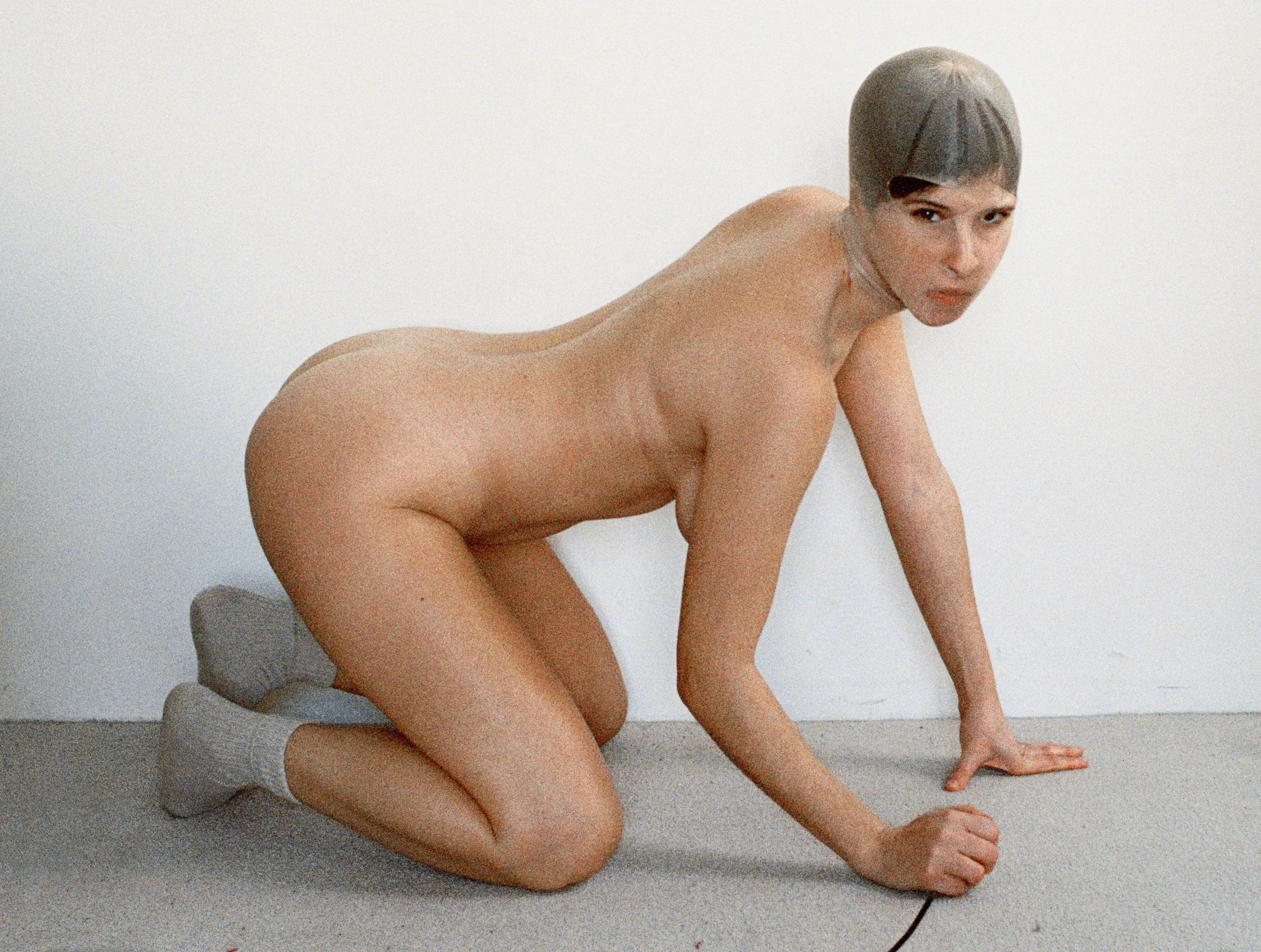Exhibition Review: Alice Miceli
Alice Miceli, Chernobyl Exclusion Zone, March 1986 Newspaper, Belarus, archival inkjet print, 2009. Courtesy of the artist and Galeria Nara Roesler.
Chernobyl and its nuclear fallout have been a source of fascination, intrigue, and fear for the thirty-three years since the disaster. Mystery surrounds the area as radioactivity and nature take over the abandoned towns within the site’s radius. Not only does this make for some incredibly striking imagery, but it also makes Chernobyl a hazardous and toxic place to visit. Yet we cannot see this radioactive poison that fills the air. In her exhibition, Projeto Chernobyl, Alice Miceli shows us that there are other dimensions of photography through which radioactivity can be viewed.
Alice Miceli, Chernobyl Exclusion Zone, Radioactive Woods, Belarus, archival inkjet print, 2008. Courtesy of the artist and Galeria Nara Roesler.
On display at Americas Society on Park Avenue, Projeto Chernobyl is the results of years of work done by the artist. Miceli’s images capture the effects of radioactive gamma rays on openly exposed film. However, not just any film could be used. In order to capture the effects of gamma radiation, Miceli had to use radiographic film - film sensitive to radiation typically used in medical examinations. More specifically, she decided to use human chest X-ray film due to it being an extremely sensitive emulsion, designed to be used with humans and so not meant for long exposures to radiation. While the results are mixed in terms of how much certain film samples were exposed, they are utterly fascinating. As are Miceli’s motivations and her process.
Alice Miceli, Fragment of a Ground I - 7.432 µSv (26.05.08 - 07.08.08) , backlight, radiographic negative. Courtesy of the artist and Galeria Nara Roesler.
Driven to capture “a representation of silence”, Miceli raises questions about the consequences of radical progression and humanity’s negative impact on the environment. While in Berlin she would trek eighteen to twenty-two hours by train to Belarus, then to Chernobyl to place film in various spots. Many of these were lost, however. Returning after months, Miceli would collect the exposed film to be brought back for development of radiographs.
Alice Miceli, Fragment of a Ground IV - 9.120 µSv (07.05.09 - 21.07.09) , backlight, radiographic negative. Courtesy of the artist and Galeria Nara Roesler.
The final products are intriguing. Varying levels of radiation and exposure leave a diverse mix of blotches, streaks, waves and patterns. Different film samples have been subject to different levels of gamma radiation and natural elements. Some have been exposed to water, thus creating a watercolor effect, some have taken on a fiery mosaic, while others bare their scratches and grooves from wear and tear. In many of the radiographs, intensely dark spots stand out in lighter shades of radiation. Miceli explains that these spots are the result of hot clusters of higher concentrations of gamma radiation attaching to the film. While the series of radiographs clearly displays the movement of radiation there is not much of a consistent pattern to behold, adding to the malevolent beauty of the radioactive shadows.
Alice Miceli: ‘Projeto Chernobyl’ at Americas Society, October 9, 2019-January 25, 2020. Photo by OnWhiteWall.com
Alongside Miceli’s radiographs, attendees are provided with an informative book containing some more traditional photographs from her travels back and forth to Chernobyl from Berlin, as well as an interview with the artist and an exhibition checklist of all the radiographs. Before entering dark space of the exhibition patrons can also view a documentary about Miceli’s work with Projeto Chernobyl and In Depth - a series where she photographed minefields in Angola, Bosnia, Cambodia and Columbia.
Alice Miceli: ‘Projeto Chernobyl’ at Americas Society, October 9, 2019-January 25, 2020. Photo by OnWhiteWall.com
Alice Miceli’s exhibition will be on display at Americas Society until January 25, 2020. She will also be giving a talk at the gallery on October 15, and on October 22 Americas Society will host a panel discussion entitled, ‘Invisible Threats: Human Rights, The Environment, and Art. More details Americas Society’s upcoming events and Miceli’s exhibition can be found here.













